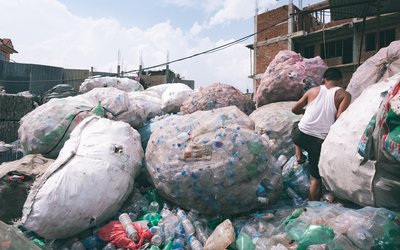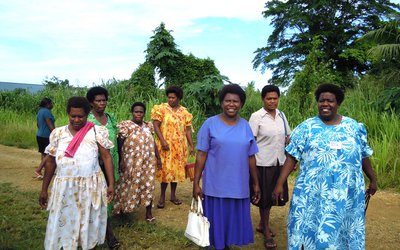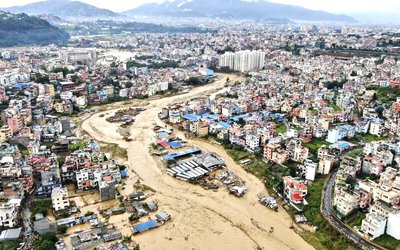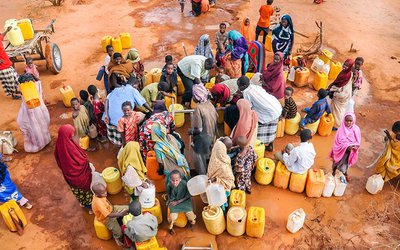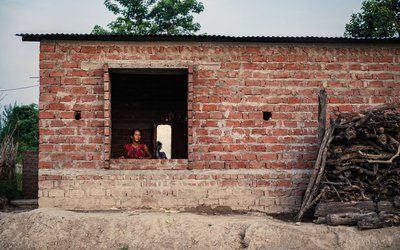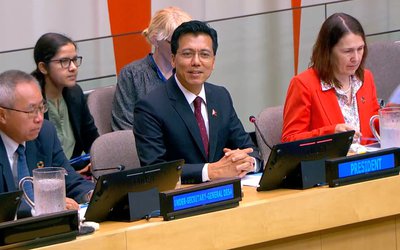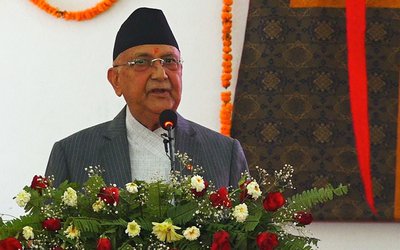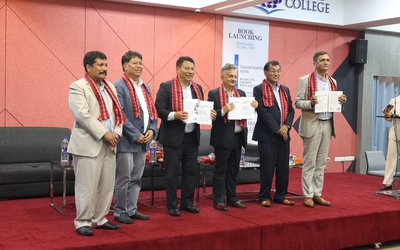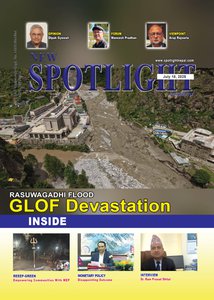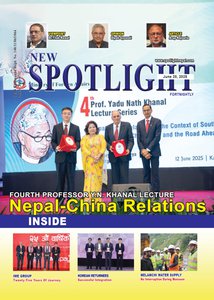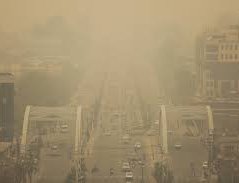
Despite implementing regulatory and policy measures, Nepal's air pollution levels continue to worsen with no immediate signs of improvement.
According to a recent report by the World Bank, air pollution is the leading risk factor for death and disability in Nepal. Addressing air quality issues requires a comprehensive approach that goes beyond single-sector solutions. The World Bank emphasizes the need for public policy and investment to prioritize cost-effective solutions across various sectors to achieve cleaner air.
The report, Towards Clean Air in Nepal: Benefits, Pollution Sources, and Solutions, provides a comprehensive assessment of air pollution in Nepal, particularly in the Indo-Gangetic Plain and Himalayan Foothills (IGP-HF) air shed.
The Kathmandu Valley and the Terai region are identified as the main air pollution hotspots in Nepal, with no significant improvement observed over the past decade. Air pollution is estimated to reduce the average Nepali's life expectancy by 3.4 years and contribute to around 26,000 premature deaths annually. In addition to health impacts, poor air quality also affects labor productivity, tourism, and the aviation industry. The economic cost of air pollution amounts to over 6 percent of Nepal's GDP each year.
Clean air and economic growth can coexist. The cost of not addressing pollution is higher than the cost of taking decisive action now," stated Ain Bahadur Shahi Thakuri, Minister for Forests and Environment. The government is dedicated to improving Nepal's air quality by implementing stricter industrial emission standards and promoting electric transportation.
Addressing air pollution requires a multi-sectoral and multi-regional approach. Electrifying vehicle fleets, enhancing vehicle inspection systems, and reducing road dust are crucial steps to combat vehicle emissions. Encouraging
cleaner technology and fuel use in industries, such as electric and pellet boilers, will promote cleaner industrial practices. Supporting households to switch to cleaner cooking stoves, preferably electric ones, can reduce household air pollution from biomass-fueled stoves.
Preventing forest fires through fuel load reduction and awareness programs is essential. Developing effective response systems to extinguish fires promptly is also necessary to mitigate forest fire risks."
Transboundary pollution: Effective collaboration with neighboring countries is crucial. Pollutants are carried across borders by transboundary airflows. The Indo-Gangetic Plain and Himalayan Foothills Region share an airshed, allowing pollutants to travel across borders and impact air quality in multiple countries. Nepal's unique geographical location, particularly the bowl-shaped Kathmandu Valley surrounded by mountains, worsens the situation.
David Sislen, World Bank Country Division Director for Maldives, Nepal, and Sri Lanka, stated, "
The World Bank is dedicated to assisting Nepal in enhancing its air quality improvement initiatives through financial and technical support and capacity-building. As a strong advocate for clean air for improved health and prosperity, the World Bank draws on its extensive global knowledge and experience to ensure that our efforts to promote cleaner air in Nepal are effective and sustainable."
- HCC-N: Economic Ambassador
- Aug 03, 2025
- MONETARY POLICY: Disappointing Outcome
- Jul 17, 2025
- MELAMCHI WATER SUPPLY: No Interruption During Monsoon
- Jun 25, 2025
- KOREAN RETURNEES: Successful Integration
- Jun 25, 2025
- UPPER TRISHULI-1: Engaging With Local
- Jun 25, 2025
